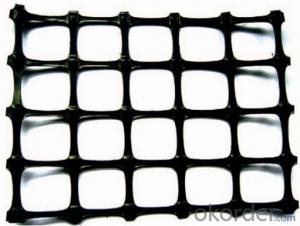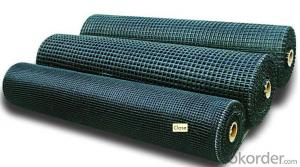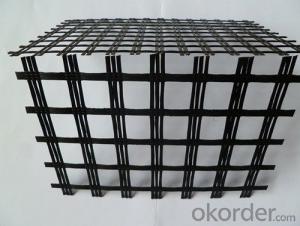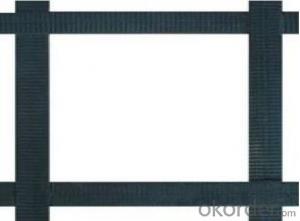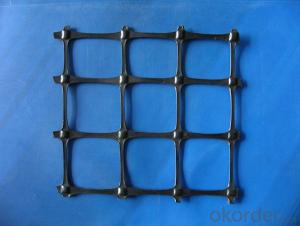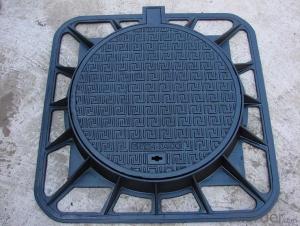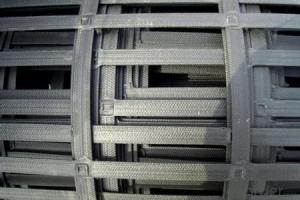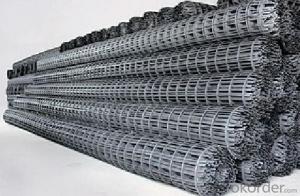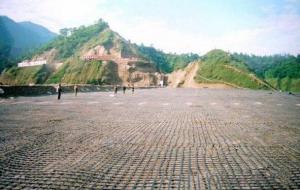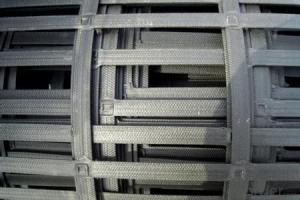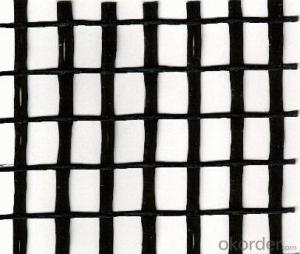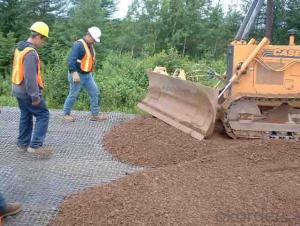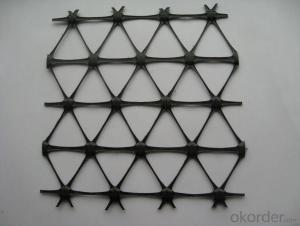Geogrid Driveway
Geogrid Driveway Related Searches
Fridge With Freezer On Bottom Driveway Pillars With Lights Blu Ray Player With Recorder Blu Ray Player With Internet Geogrid In Retaining Walls 1708 Biaxial Fiberglass Tape Pullout Resistance Of Geogrid Geogrid Warp Knitting Machine Srw 3 Series Geogrid Biaxial Plastic GeogridHot Searches
Fiberglass Scaffolding For Sale Fiberglass Panels For Sale Fiberglass Greenhouses For Sale Geogrid Fabric For Sale Gas Powered Core Aerator For Sale Revolution 4 Propeller For Sale Alabaster Carving Stone For Sale Geogrid For Sale Near Me Tensar Geogrid For Sale Geogrid For Sale Ex Display Log Cabins For Sale Photoelectric Cells For Sale Athletic Lockers For Sale Cubicle Partitions For Sale Stearman Propeller For Sale Palram Greenhouses For Sale Gumbo Bowls For Sale Suzuki Propellers For Sale Freight Crates For Sale Outhouse Sheds For SaleGeogrid Driveway Supplier & Manufacturer from China
Okorder.com is a professional Geogrid Driveway supplier & manufacturer, offers integrated one-stop services including real-time quoting and online cargo tracking. We are funded by CNBM Group, a Fortune 500 enterprise and the largest Geogrid Driveway firm in China.Hot Products
FAQ
- Yes, geogrids can be used in floating parking lot construction. Geogrids are commonly used in various civil engineering applications, including building parking lots. They help reinforce the ground and distribute loads, making them ideal for stabilizing the soil beneath floating parking lots.
- Yes, geogrids are effective in reducing differential settlement in foundations. Geogrids provide added stability and reinforcement to the soil, distributing the load more evenly and reducing differential settlement. They help to prevent differential movement between different areas of the foundation, ensuring more uniform settlement and minimizing potential structural damage.
- Geogrids provide numerous benefits in soil reinforcement. Firstly, they improve the stability and strength of the soil by distributing loads more evenly, thus reducing the risk of soil erosion and slope failure. Secondly, geogrids enhance the bearing capacity of weak soils, allowing for the construction of structures on otherwise unsuitable ground. Additionally, they can minimize settlement and differential movement, ensuring long-term durability of the reinforced soil structure. Moreover, geogrids are cost-effective, lightweight, and easy to install, making them a preferred choice for soil reinforcement projects.
- Yes, geogrids are relatively easy to install. They can be installed using simple tools and equipment, and the process generally involves unrolling the geogrid, securing it in place, and covering it with soil or aggregate material. However, the ease of installation can vary depending on the specific project and site conditions.
- Yes, geogrids can help in reducing soil erosion. Geogrids are synthetic materials that are installed in soil to reinforce it and provide stability. They act as a barrier that prevents soil particles from being washed away by water or blown away by wind, thereby reducing erosion.
- Yes, geogrids are effective in reducing differential settlement. Geogrids provide reinforcement to soil, improving its load-bearing capacity and reducing the potential for differential settlement. By distributing the loads more evenly, geogrids help to minimize differential settlement and ensure more uniform settlement across the area.
- Geogrids are typically made of high-strength polymers or metals and are characterized by their grid-like structure. They possess high tensile strength, low elongation, and excellent resistance to chemical and biological degradation. Geogrids are designed to provide reinforcement and stabilization to soils, preventing the lateral movement of particles and improving the overall load-bearing capacity of the ground. They are also known for their ability to distribute loads, reduce settlement, and enhance the performance of civil engineering projects such as retaining walls, embankments, and roadways.
- Yes, geogrids can be used in ground reinforcement for airports. Geogrids are commonly used to enhance the stability and load-bearing capacity of soil, making them suitable for reinforcing airport runways, taxiways, and aprons. They help distribute the load, reduce soil movement, and improve overall pavement performance, ensuring a safer and more durable infrastructure for airports.



